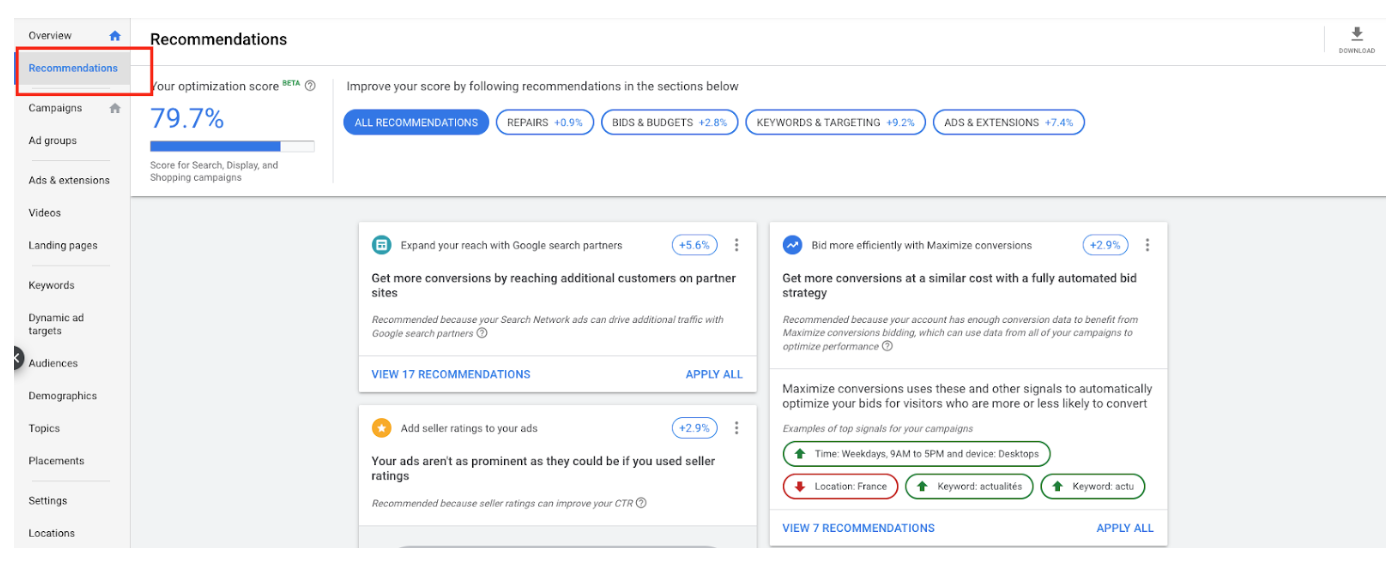At Semetis, we are always on the lookout for the next big thing in advertising. One of the bigger trends in the market today is the gaming and live streaming industry. This industry is more and more present in our lives whether on the Internet or not.
In recent years, the gaming industry has been booming and we are now seeing all the classical media channels pick up on the trend and feature TV and radio shows on gaming or live streaming. Next to that, the podcast industry has been very big on gaming due to the natural audience match.
In this first article of this series, we’re first going to focus on the historical and business sides of those industries, and present a few of the key opportunities for advertisers.
Gaming & Streaming industries: A long & short story
The first video game ever was designed in the 50’s but it’s really during the 70’s-80’s that something close to what we know today was launched thanks to the video game console. After that, the console and games never stopped improving in terms of quality and complexity and games received more and more playable time.
This led to the first generations of young “geeks” that were really into those games and able to spend a lot of time and money in this brand new market. But it is really during the 90’s that technological progress made video games suitable for the masses. Until today, the gaming industry never stopped growing and is generating more and more revenue.
Today, the ’80s and 90's generations of ‘young geeks’ are adults who have entered the working life. Those people are of course always receptive to the call of videogames and now have the financial capabilities to buy that brand new console or PC that will help them remember the ‘good old days’ when they didn't go out all day to play video games.
On top of those generations, we can also see that the new ones (2000, 2010) are more and more attracted by games and it’s peripherals. Today, the percentage of young people that frequently play has never been higher. With those new generations, we also saw recently the emerging importance of ‘live streaming’ and ‘e-sport’ scenes that are followed by millions of people. This also helps game and console sellers to make viewers want to buy the games or accessories that their favorite streamers own and that will help them reach their level.
Gaming & Live Streaming industries: A lucrative trend
While some could say in the past that those industries were not where the attention is, we surely cannot say the same today.
In fact, in 2018 the video games market generated $131 billion spread between PC, consoles, tablets, and smartphones. The mobile share has, since last year, even outpaced the revenue made by console and PC (Source: Newzoo).
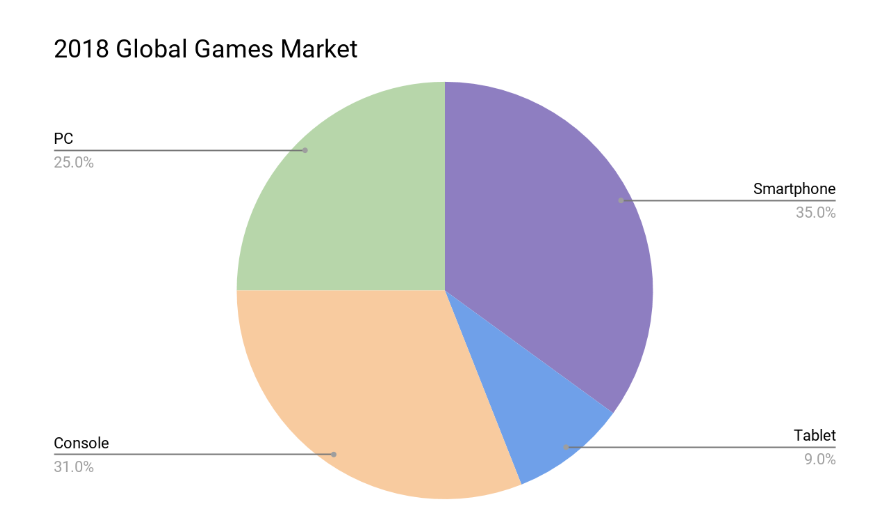
According to Forbes, in 2019, there will be more than 2.5 billion gamers across the globe that will spend $152 billion in the gaming industry with the US and China as the largest markets by revenue. Moreover, this revenue is expected to grow to $300 billion by 2025.
Comparatively, the e-sports and live streaming industry are expecting to surpass $1.5 billion of revenue by 2023 according to Business insider and accumulate 646 million viewers by that time. This is, of course, way less than the global gaming industry but there is a lot of potential in that industry and lots of brands already understood that.
So this is only logical that we see big brands like RedBull, BMW, Toyota or AT&T sponsoring big competition of most popular games like League of Legends, Dota 2 or Fortnite. We’ll cover more specific examples within the next section.
Finally, We can already see a lot of new opportunities for the gaming and streaming industries to evolve and always propose new content and experiences. Cloud gaming, digital distribution, a growing market, and greater regulation are likely to be some of the biggest trends in the next decade and will shake things up in the industry.
What are the opportunities for the advertisers?
The present and future opportunities for advertisers are numerous. In this article, we have gathered the 4 biggest trends that represent great potential for advertisers in terms of specific targeting and reach. In future articles, we’re going to focus on one of those trends to better understand their challenges and opportunities.
While the gaming industry generates revenues from everything related to gaming, we can see the live streaming as one of its big trends. This, in turn, is a big opportunity for advertisers to reach a young, engaged and very targeted audience.
While it is rather obvious that the gaming industry is getting its revenues from the selling of the games and by-products, the live streaming makes revenue on ads placed on platforms like Twitch or Mixer with pro streamers that are playing videos games for a living thanks to their high skills in those games or their extraordinary entertaining capabilities.
- Free to Play and In-Game monetization:
It is certainly one of the biggest trends. Its operation is quite simple and consists of free2play games that are being monetized through in-game elements such as skins, rare items, special abilities, and so on. These are often driven by advertiser and brand partnerships.
This is a great opportunity for advertisers as they can create a strong partnership with the latest popular game and thus reach plenty of gamers that are a great match for their products. A great example is Fortnite that has done a lot of brand collaboration with dedicated skins, dances or backgrounds of Nike, Samsung or even Star Wars. This is a win - win - win as Fortinite makes high revenue thanks to the partnerships, brands can reach lots of highly involved audience and gamers have new content to play with.
Another interesting trend that has begun to emerge is virtual reality gaming.
Here the possibilities are numerous and mostly unexploited due to lack of financial or technological resources. The potential in terms of income is however very present and Facebook with its Oculus Rift has understood this. Indeed, thanks to its virtual reality headset, Facebook could easily collect information on gamers in the future as “there’s nothing stopping Facebook and Oculus from choosing to share more data in the future” (source: The Verge).
Imagine how Facebook can increase its understanding of your buyer profile just by observing what type of game you prefer (cars, war,...) or if you spend a lot of time gaming or not. There is a lot of information to collect and it is very interesting for an actor like Facebook who uses that data for advertising purposes.
This last trend could also become a huge thing in the gaming world in the future. In short, thanks to cloud gaming, there is no need to own a very powerful PC/console to play the latest games in full resolution as everything is computed on external servers in the cloud and not on your personal machine anymore.
This will allow, in the long run, everyone to have access to a very high-quality gaming experience. And who better to popularize cloud gaming than one of the kings of the cloud, namely Google? Here again, there is very high potential in terms of data collection and Google, like Facebook for the VR, understood that very well.
Conclusion
To sum up, we saw that gaming and live streaming industries are fastly growing and will be part of the top industries in the near future with more and more people interested in it. We’ve also seen the current and future opportunities in terms of advertising in the gaming sector that is very far from being saturated.
Following those trends, companies are massively investing in those industries to position themselves and cater to a young (but aging) audience that is growing every year. Many of the opportunities that those industries will generate are still unknown but one thing is for sure, we are not about to see the end of this upward trend. One day, it might even exceed the "classic" sports industry in terms of revenue generated.
{snippet alexandrevanhemelryck-en}
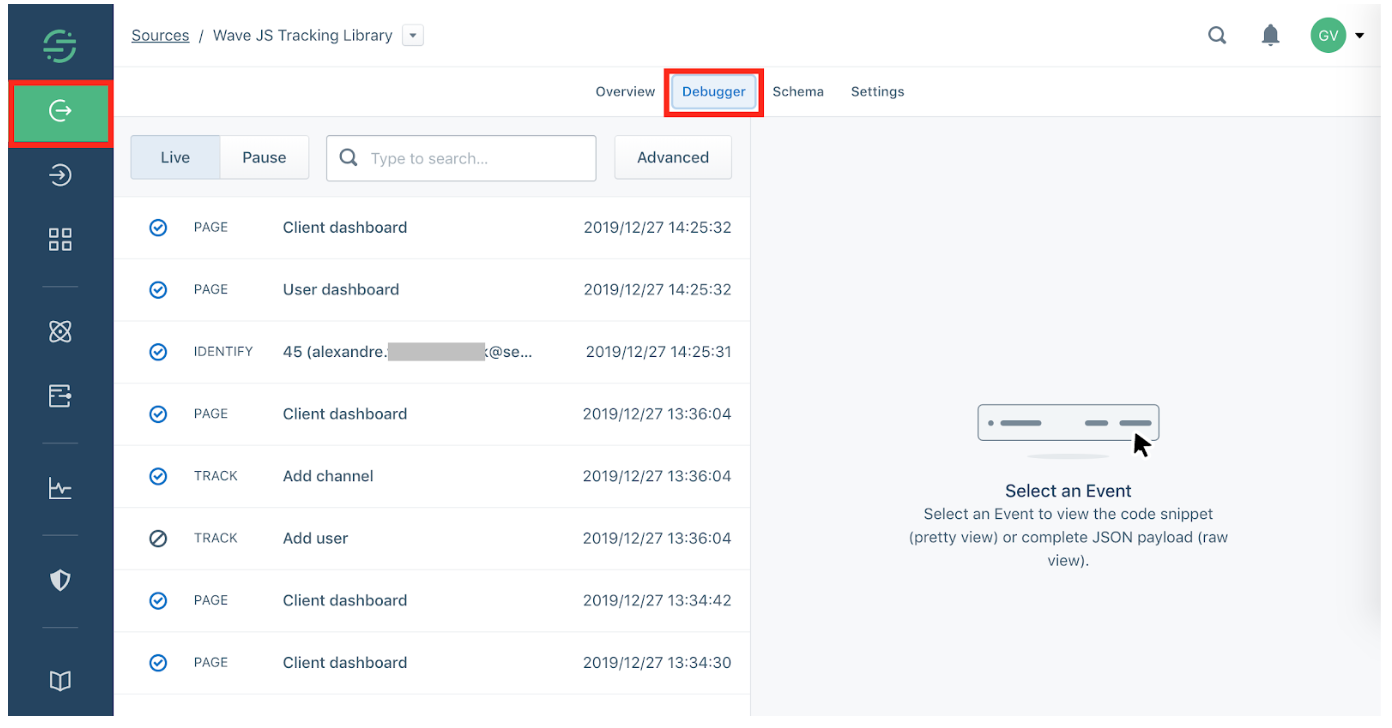
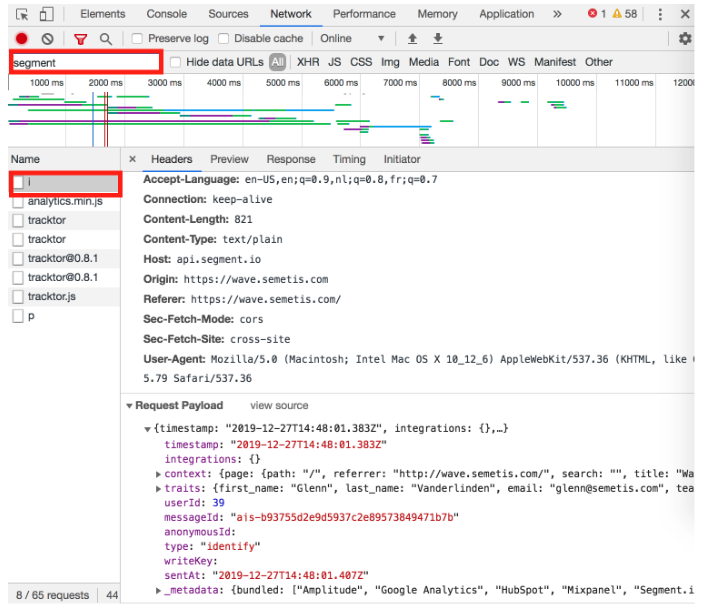
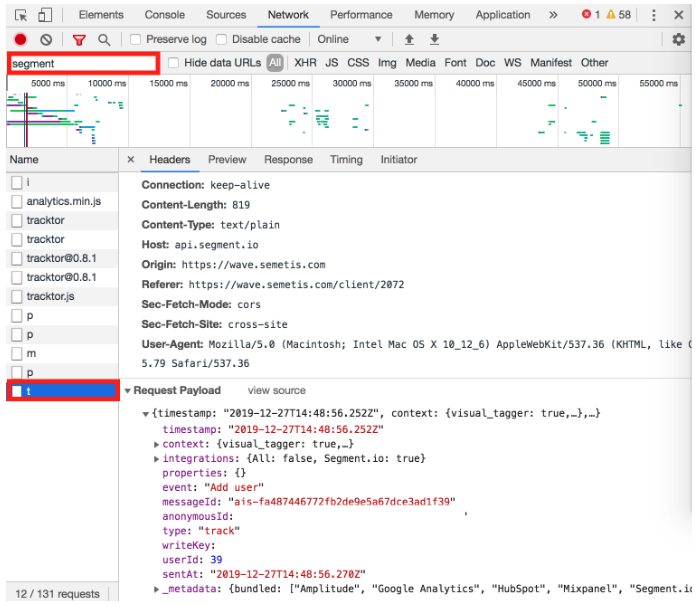
![]()
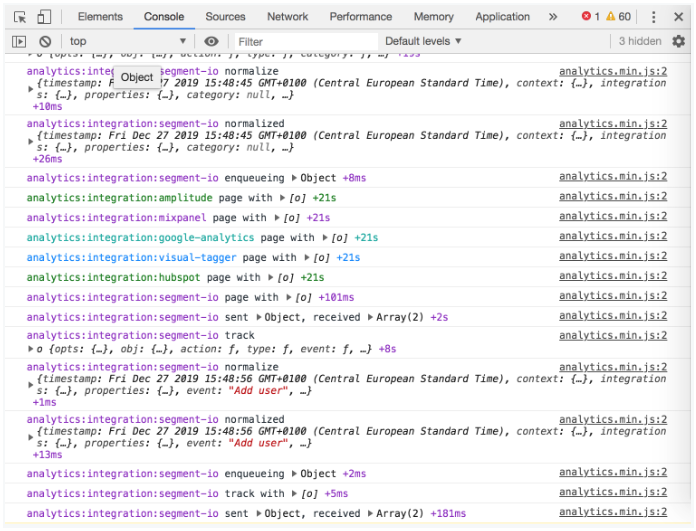
![]()
![]()
![]()

